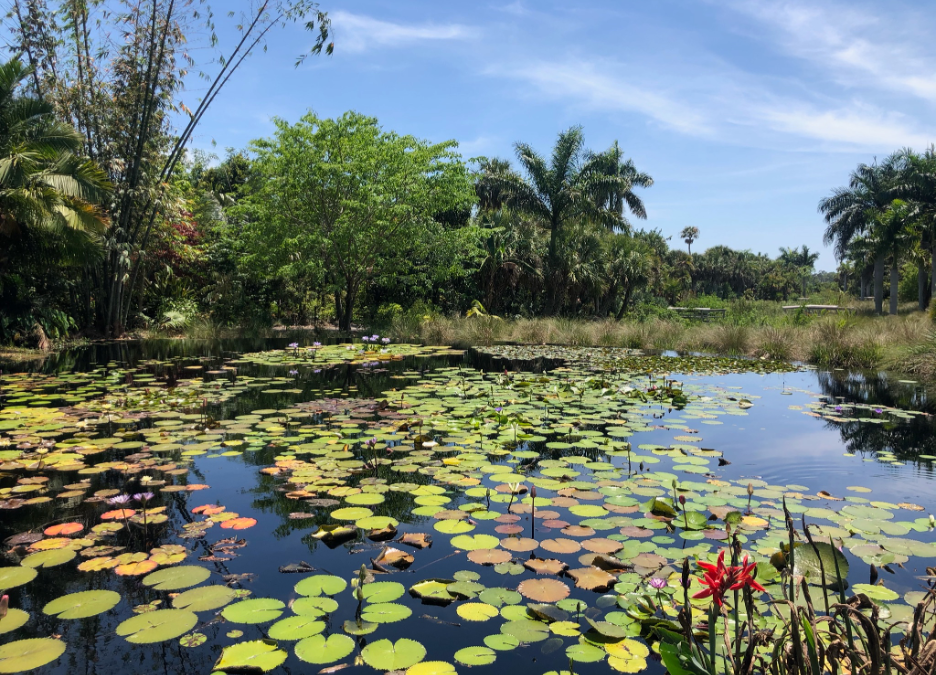“We only have one planet. Unless, Jeff Bezos takes us to Mars, of course. How hard is it for people to understand?” one of my friends teased. Though they were only joking, I became interested in addressing this question in the aftermath of my internship at the National Wildlife Federation. Every day, new research reveals the direction of our planet’s health, yet we find ourselves ill-prepared to address climate change, environmental injustice, natural disasters, and wildlife crises.
As my time at NWF came to a close, I knew exactly what I wanted to impress upon future fellows: the importance of making scientific and policy language accessible to everyone. This was a core message of my Frank Karel Fellowship capstone presentation where I spoke about communicating science to effect social change.
Filling in the gap between scientists, policy-makers, and the public is no small task. While writing blog posts about aquatic ecosystems or grasslands, I often found myself stuck between two extremes. On one hand, I wanted to write as technically and as accurately as possible about my subject. I wanted to spend more time writing about the intricacies of the environmental legislation that was sitting in congress. No creative flourishes. No exaggerations. On the other hand, I wanted everyday people to take away something from my work. I needed my writing to advance the global environmental movement in a way that just didn’t seem possible by sticking to overly-complex jargon.
Writing effectively for scientific subjects meant that I had to be cautious and inspirational all at once. It also meant that at one point, if I opened my computer’s file history, I had at least 90 revisions of one blog post saved.
All too often, scientific jargon and wonky policy terms remain a mystery to the general public. To make matters worse, scientific and policy literacy should be empowering skills that everyone can benefit from, but often our most vulnerable communities aren’t equipped with the tools to advocate for themselves on issues that directly impact them: environmental injustice, climate change, and natural disasters. These issues are of importance to everyone, but they impact members of my own community disparately. Ultimately, I felt a sense of responsibility for interpreting the emotionally distant science and policy aspects of my work in a way that my own family could relate to. Only then, could true advocacy come into play.
While experiencing the Science Review process for NWF, I learned that story-telling and science are, in fact, not at odds. At times, the difference between great and poor science writing lay in precision. I remember staring at a google doc suggestion on a blog about endangered bird species, which corrected my use of wings that “soared.” The science team preferred “swished” instead. Though it seems minor, the language we use is crucial to our work in public interest communications.
We must make our work more accessible to everyday communities. However, that’s not all. We also have to use our communications to battle misinformation and rebuild public faith, whether towards vaccination efforts or the need to combat climate change. Our work is powerful because it can actively disprove dangerous misconceptions in science and policy. Finally, we must remember, as Sir Mark Walport once said, “Science isn’t finished until it’s communicated.”

